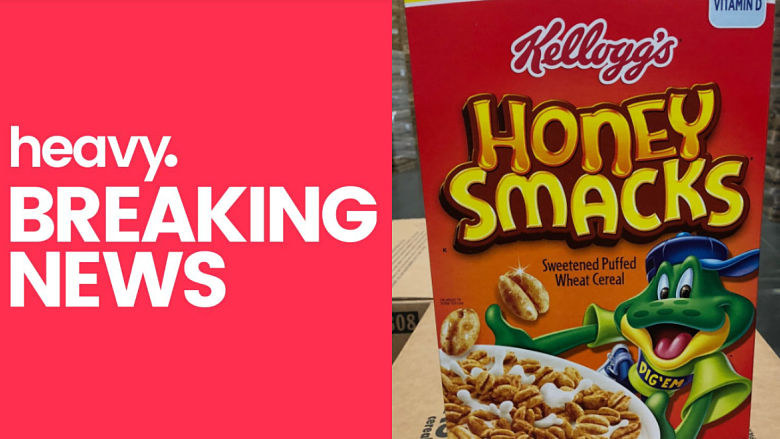
CDC
The Centers for Disease Control and Prevention (CDC) has confirmed that 100 people in 33 states have fallen ill with salmonella poisoning after consuming Kellogg’s Honey Smacks cereal. At least 30 of those people have been hospitalized. As of July 13, no one has died from this particular outbreak.
The first few cases of salmonella illnesses were reported by the CDC on May 17, 2018. The CDC worked with other organizations to interview consumers who had been infected. Honey Smacks was a common denominator, and once that information was relayed to the manufacturer, Kellogg’s issued a voluntary recall of the cereal. That recall went into effect on June 14, 2018.
Click here to see a map that shows which states have had cases of salmonella related to this outbreak.
On Thursday, July 12, the CDC tweeted out the following warning:
“OUTBREAK Update: 100 Salmonella infections in 33 states linked to Kellogg’s Honey Smacks cereal. Do not eat this cereal.”
The CDC and the Food & Drug Administration (FDA) are said to be working with health officials across the country to investigate the source of the contamination.
Here’s what you need to know:
1. The CDC Suggests Not Eating any Honey Smacks Cereal, Regardless of the Date on the Box
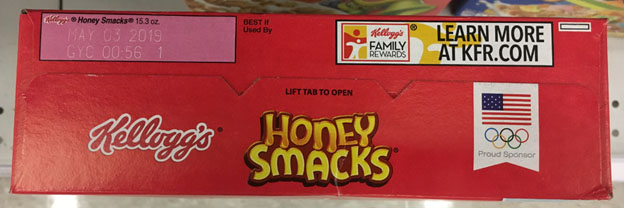
Retailers have pulled Honey Smacks cereal from store shelves in light of this recall.
Recalled Kellogg’s Honey Smacks cereal has a “best if used by” date from June 14, 2018 through June 14, 2019. The “best if used by” date is on the box top.
The recalled 15.3 oz. Kellogg’s Honey Smacks cereal has a UPC code of 38000 39103. The recalled 23.0 oz. Kellogg’s Honey Smacks cereal has a UPC code of 38000 14810. The UPC code is on the bottom of the box.
The CDC suggests that any and all boxes of Honey Smacks cereal, regardless of the “best if used by date,” be returned to your local retailer or thrown away.
“Do not eat recalled Kellogg’s Honey Smacks cereal in any size packaging. Check your home for the recalled cereal and throw it away, or return it to the place of purchase for a refund. Even if some of the cereal was eaten and no one got sick, throw the rest of it away or return it for a refund,” the CDC says.
2. What Is Salmonella?
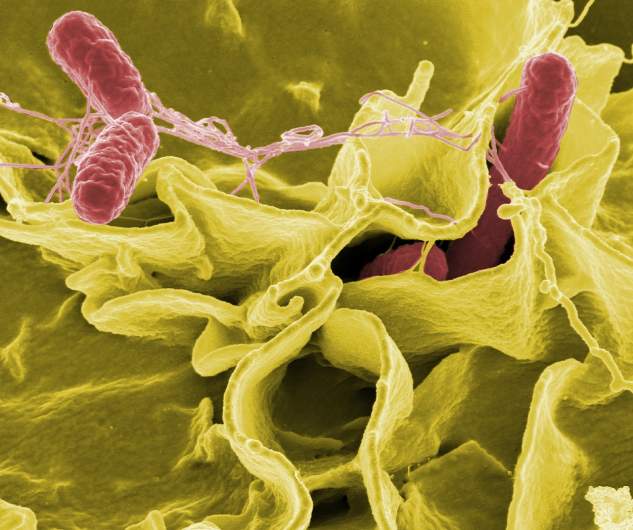
Salmonella is a bacteria that is found in animals. It is often found in various cooking ingredients, including meat, unpasteurized dairy products such as milk, cheese, eggs, fruits, vegetables, nuts, and seafood.
“Salmonella can be found in the intestines of animals, especially pigs and poultry, and it is spread through their feces. For example, if contaminated feces get into the water that’s used to irrigate crops, those crops can carry the bacteria to the market. Raw poultry can sometimes be contaminated with the bacteria. It can be spread throughout your kitchen if you don’t wash your hands, cutting board, and any knives or other utensils after you handle raw poultry,” reports WebMD.
Salmonella is relatively common and affects more than 1 million people each year. According to WebMD, there are more than 450 deaths from salmonella poisoning annually.
3. What Are the Symptoms of Salmonella Poisoning?
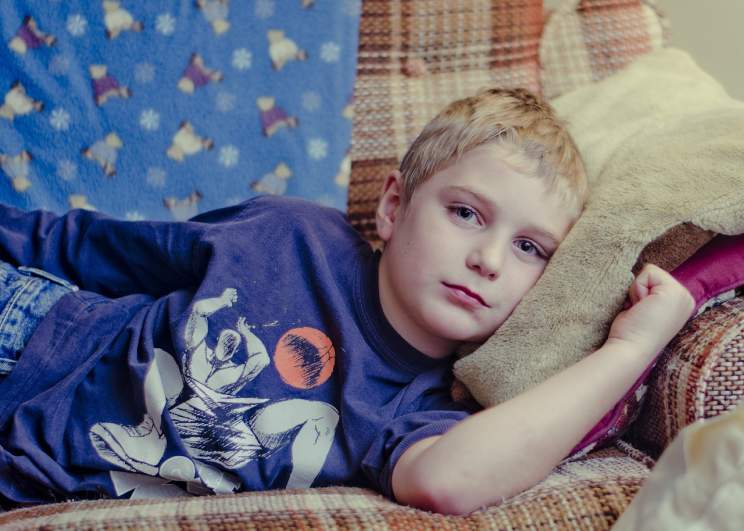
If you have consumed food that has been contaminated with salmonella, you will more than likely experience some gastrointestinal discomfort, similar to a G.I. bug. Nausea, vomiting, and diarrhea are the most common symptoms of salmonella poisoning. Some patients also experience a fever, headache, abdominal cramping, and loss of appetite.
These symptoms usually arise 12 to 72 hours after eating contaminated food. While a typical G.I. bug will last about 24 hours, the effects of salmonella poisoning linger a bit longer. It can take anywhere from three days to a full week for the aforementioned symptoms to resolve.
Most patients who experience this type of sickness are able to get better on their own. As with your run-of-the-mill stomach flu, you’ll want to be sure to keep yourself hydrated and get plenty of rest.
According to WebMD, you should call your doctor if you experience sickness “for more than 7 days, you have severe or bloody diarrhea or you have a fever of 101.5 F or higher for more than a day.”
4. What to Do if You’ve Eaten Honey Smacks
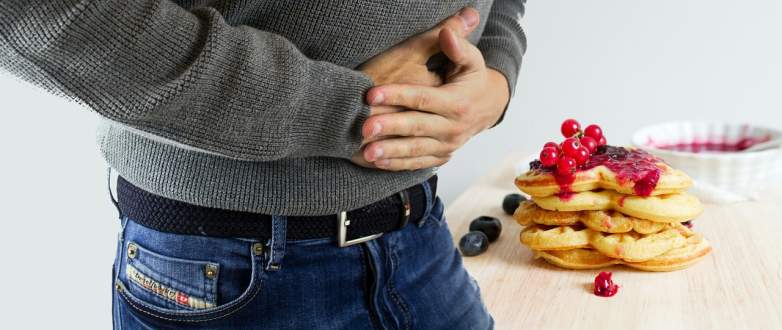
Food contaminated with Salmonella doesn’t look, smell, or taste any differently than food that is okay to eat. If you have eaten Honey Smacks, there isn’t too much that you can do aside from wait and see if you get sick. You may want to proactively eat foods that won’t upset your stomach (like rice, bananas, or toast). You may also want to drink a lot of water to try to stay ahead of any possible dehydration.
You should not continue to eat Honey Smacks cereal. If you have a box in your home, the CDC advises that you return the box to the store where you purchased it for a refund (you do not need a receipt), or throw the box away.
Salmonella poisoning can be passed on from person to person. If you or someone in your home has been infected by the bacteria, proper hand washing is crucial to help stop the spreading of germs. Household cleaners containing bleach should also be used to wipe down surfaces in the home including countertops and toilets.
5. If You Have a Box of Honey Smacks, You Should Bring it Back to a Retailer That Carries the Cereal & Get a Refund or Throw it Away

In June, Kellogg’s issued a voluntary recall of Honey Smacks cereal, according to the U.S. Food & Drug Administration (FDA).
“Kellogg Company today announced it is voluntarily recalling 15.3 oz. and 23 oz. packages of Kellogg’s ® Honey Smacks ® cereal (with code dates listed below) because these products have the potential presence of Salmonella. No other Kellogg products are impacted by this recall,” the announcement read.
Since the company’s decision to pull the cereal from store shelves, retailers are prohibited from selling Honey Smacks. If you are at the store and you see Honey Smacks on the shelf, the FDA says that this specific cereal “should not be purchased.”